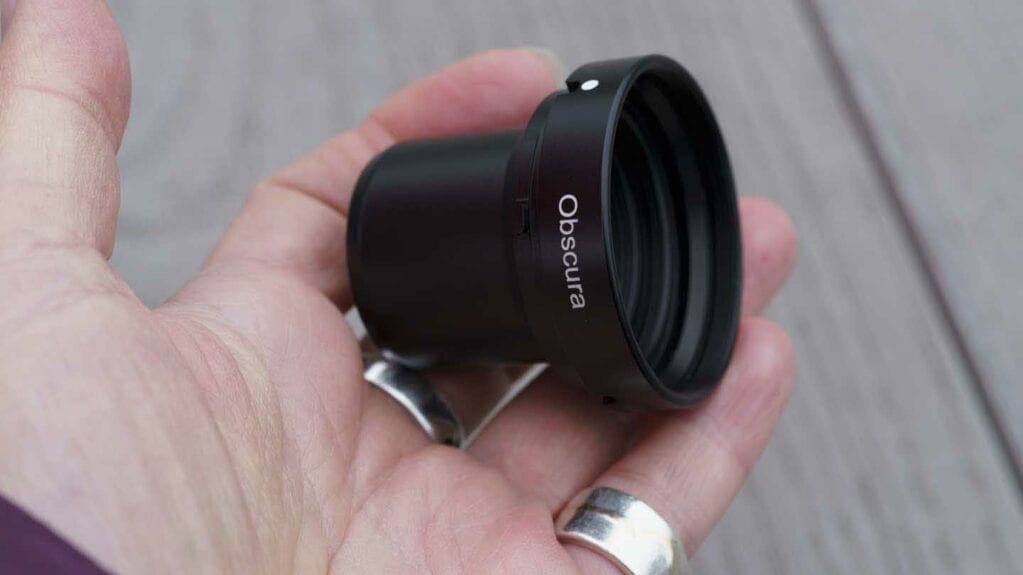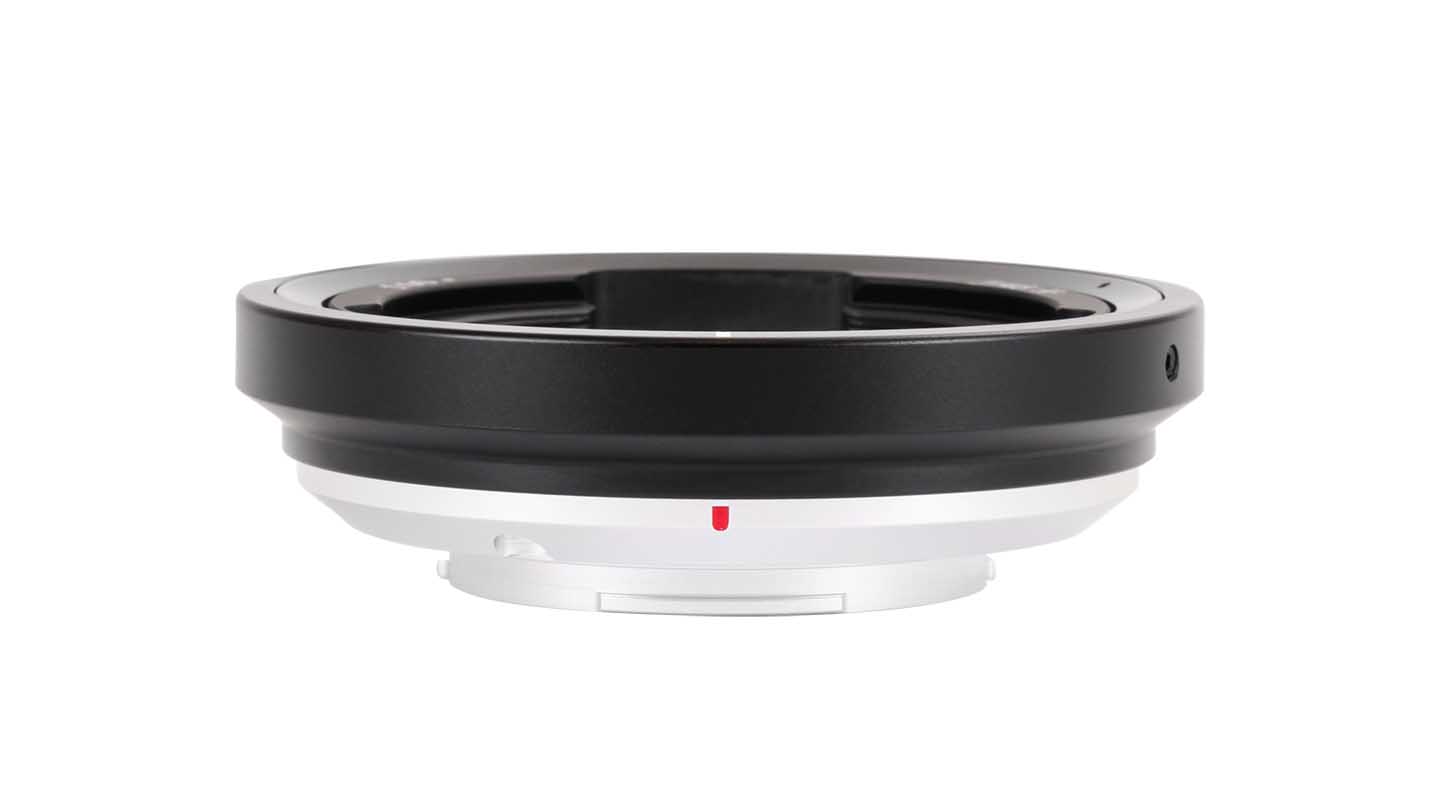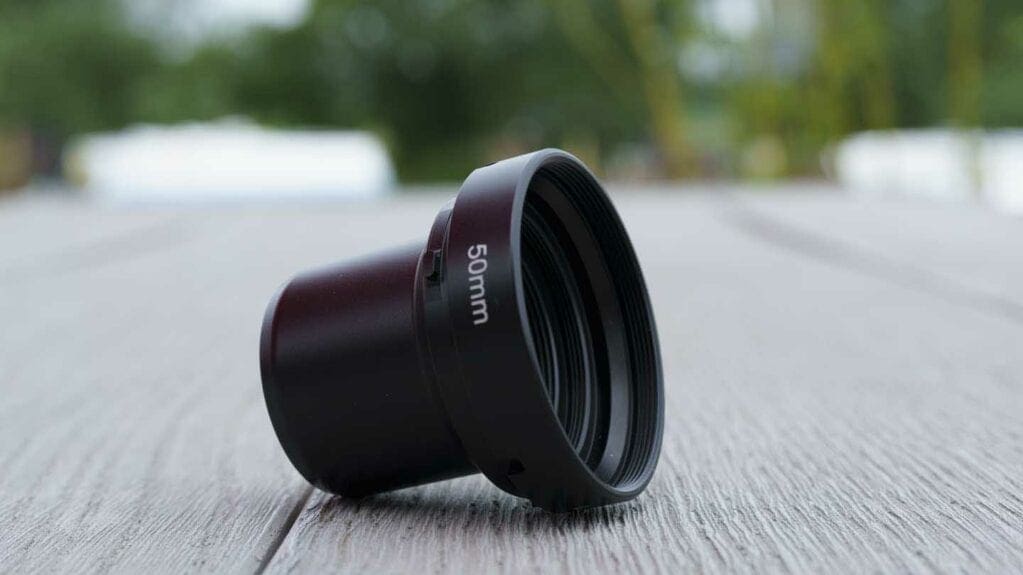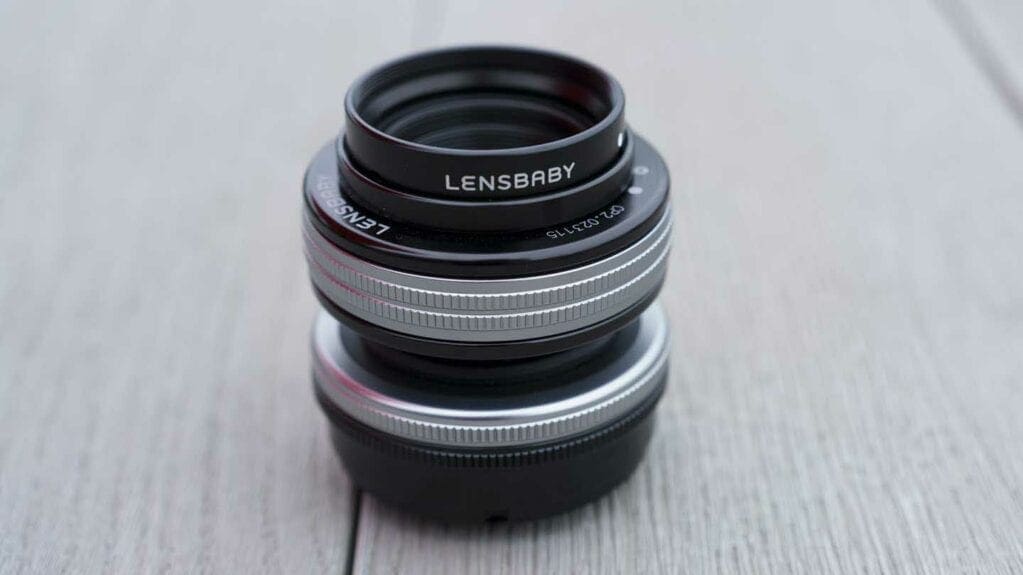I’ve been shooting with the 50mm Lensbaby Obscura optic in a Lensbaby Composer Pro II on a Sony A7R IV. Shooting at an aperture of f/161 means using high ISO settings or long exposures with a tripod. Despite approaching the point at which the sun is at its highest in the sky in the UK, shooting on an overcast day with the sensitivity set to ISo 100, or thereabouts requires an exposure time measured in whole seconds. That means that all of my pinhole images were shot with the camera mounted on a tripod.
Using the Obscura’s f/64 or f/32 settings gives a little more scope for hand-holding the camera – especially as the Sony A7R IV has good in-body image stabilisation. However, the very diffuse glow produced with the Zone Plate and Zone Sieve settings don’t suit every scene. I like it with gardens and flowers where there are some bright colours, but I prefer the slightly clearer results obtained in the Pinhole setting.
Naturally, shooting at f/161 captures huge depth of field but the impact of diffraction is also very apparent, giving the image a soft appearance.
Shooting with the camera on a tripod removes some of the spontaneity that I’ve come to associate with Lensbaby photography, but it also has a way of drawing you in and making you consider the scene more carefully.
In some cases, the Lensbaby Obscura may produce pleasing results in camera, but many of them benefit from a tweak to the contrast and saturation or their associated parameters (whites, highlights, blacks and shadows etc). I also enjoyed experimenting with subjects that you wouldn’t traditionally photograph with long exposures, such as swans on or beside the river.
One thing to keep in mind with the Obscura is that it highlights any dust marks on your camera’s sensor. Black spots and in some cases circles around them, stand out boldly from the soft images. Consequently, unless you’re sensor is spotless, you need to spend a little time spotting out marks post0capture.






